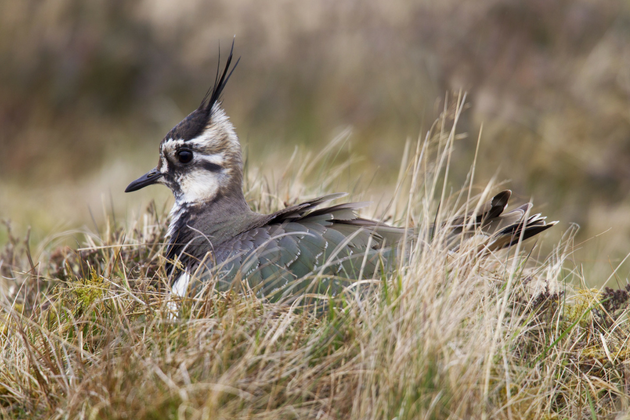Gamekeepers protect threatened bird species
The role of gamekeepers in protecting many threatened birds has been highlighted in a new Game and Wildlife Conservation Trust…
Win CENS ProFlex DX5 earplugs worth £1,149 – enter here

Despite what some may think it gives me little pleasure to once more take our civil servants to task for their decisions. However, as long as they continue to make glaring errors that is what will happen.
You may recall in a previous piece I noted that anyone who manages a notified site has to apply for individual licences to take certain species of predatory birds. When I followed up the point made by a licensing official about why you would kill magpies, I was even more astounded to find out that no licences would be issued before the start of the bird breeding season, which they stated was the first of April!
Here we have civil servants who, by a quirk of the law. have become the managers of our most important wildlife sites — and they, or at least some of them, know very little about their subject.
It is a dangerous situation when the potential for personal bias, or individual decisions, may impact upon the future of many of our most vulnerable species.
The very notion that we can leave things to nature is in itself dangerous; that is if you are one of the species liable to be eaten. We have for thousands of years been modifying our landscape, some for better, some certainly for the worse. But what it has done is to make much of our countryside an alien landscape for many animals and birds that used to inhabit it.
We are not going to make substantial changes to that now as there are simply far too many mouths to feed. But what we must do, especially where our management has enabled many birds to continue to exist, is to carry on managing for them.
If we do not we are as guilty of passing the death sentence on them as if we had killed them ourselves. I strongly recommend that they, the licensing department, speak to the British Trust for Ornithology, and ask them for their breeding bird records for lapwing, woodcock, mallard and grey lag geese.
For 40 years, every year, I noted my first lapwing incubating on or around 24 March. On a number of years I found woodcock hatched in the same week, or the first week of April. As for the wildfowl, most of us know when they can begin to lay.
Though mallard and geese may not be high on the conservation list, lapwing and woodcock certainly are, and it is crucial that these licences are made available at the very latest on 1 March. Ideally, they should be ready for 1 February in order for managers to get the cream taken from the corvids before laying commences.
Many think of the uplands as vast open expanses but, to the majority of predators, they are in fact quite small. I doubt if there is in England an area of moorland without access to an improved fringe more than 10 miles across.
Every fringe is contact with humans and contact with us brings enhanced populations of corvids, foxes and rats, all propped up by the impact of agriculture. This means our moorlands are wide open to the important suite of predators to meet in the middle and do whatever damage they can while they are out there.
The role of gamekeepers in protecting many threatened birds has been highlighted in a new Game and Wildlife Conservation Trust…
Robert Cuthbert: Did you find shooting or vice versa? Lindsay Waddell: “I spent a lot of my formative years with…
For those in the lowlands who manage important sites for waders the situation is even more tenuous, because their buffer zone is often only a few hundred yards. This is not enough to keep the corvids away, especially if the powers that be decide that you cannot kill on them until your birds are laying.
I shall rest my case for the time being and move on to the passing of the grouse season. South of the border it has in general been a decent to good one with excellent young-to-old ratios recorded on many moors. Most have now suspended hostilities, though there might be the odd day left that I am unaware of.
This year’s good breeding season has left most moors with a good stock of young grouse. This bodes well for next year, if it stops raining, which is bad for everything out there. Energy is being used up simply to keep warm and given the food supply for the birds, the heather, is losing nutrients all the time, we could do with some nice sunny dry days.
Get the latest news delivered direct to your door
Discover the ultimate companion for field sports enthusiasts with Shooting Times & Country Magazine, the UK’s leading weekly publication that has been at the forefront of shooting culture since 1882. Subscribers gain access to expert tips, comprehensive gear reviews, seasonal advice and a vibrant community of like-minded shooters.
Save on shop price when you subscribe with weekly issues featuring in-depth articles on gundog training, exclusive member offers and access to the digital back issue library. A Shooting Times & Country subscription is more than a magazine, don’t just read about the countryside; immerse yourself in its most authoritative and engaging publication.

